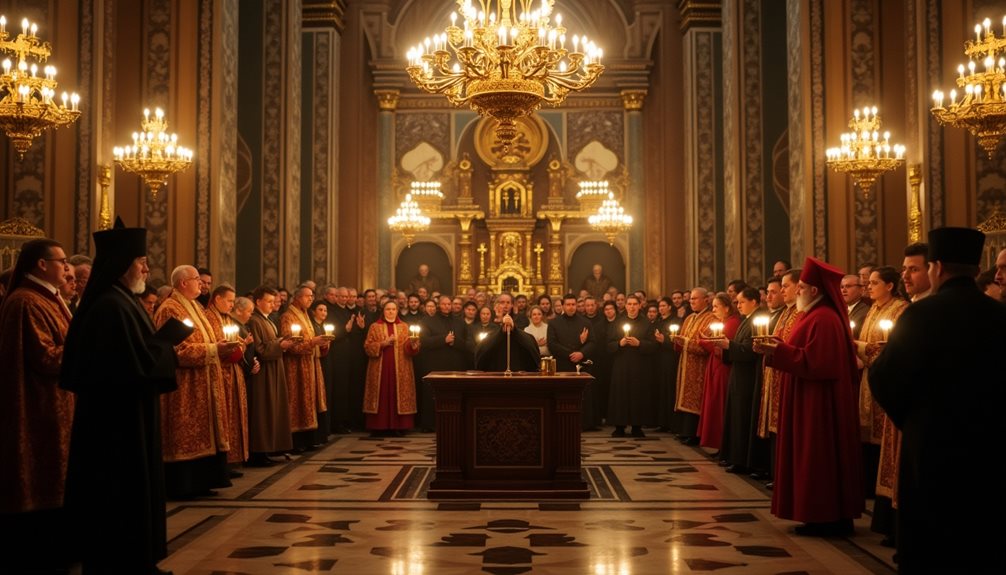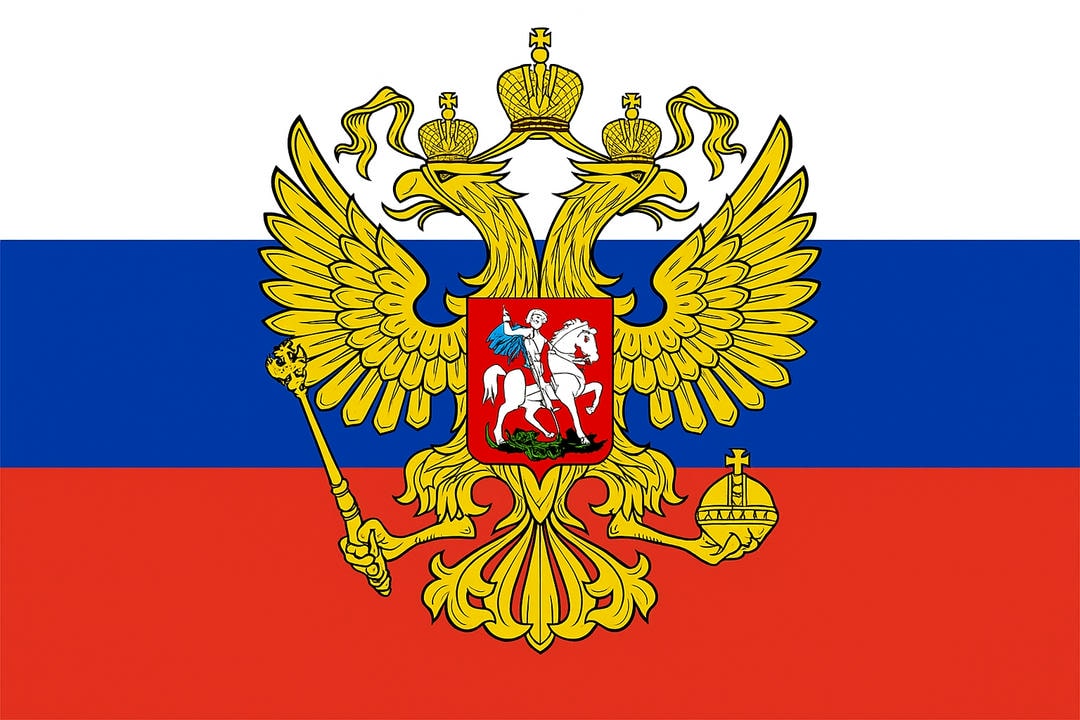
Catherine the Great’s ascension to the Russian throne in 1762 marked the beginning of a transformative era in Russian history. As an enlightened despot, she implemented a series of reforms that would have a lasting impact on the country’s social, cultural, and economic landscape. Her commitment to Enlightenment ideals led to the establishment of institutions such as the Smolny Institute for Noble Maidens, the promotion of cultural exchange, and the patronage of arts and architecture. But what drove Catherine’s vision for a modernized Russia, and how did her reforms shape the country’s trajectory as a major European power?
Catherine’s Rise to Power
Catherine the Great’s ascension to the Russian throne was a masterclass in strategic maneuvering, marked by a series of calculated risks and fortunate circumstances. Born as Sophie Friederike Auguste von Anhalt-Zerbst-Dornburg, a minor German princess, Catherine’s rise to power was far from predetermined. Her marriage to Peter III, the grandson of Peter the Great, brought her to the Russian court, where she quickly adapted to the intricacies of court politics.
Catherine’s intelligence, charm, and strong will allowed her to build a network of influential allies, including the powerful Count Grigory Orlov and his brothers. As Peter III’s behavior became increasingly erratic and unpopular, Catherine saw an opportunity to seize power. She began to secretly gather support among the nobility and military, leveraging her husband’s unpopularity to her advantage.
In 1762, Peter III was overthrown, and Catherine was proclaimed Empress of Russia. Her ascension was facilitated by the Orlov brothers, who helped her secure the loyalty of the Imperial Guard. Catherine’s strategic maneuvering and calculated risks had paid off, and she was now poised to embark on a reign that would transform Russia and cement her legacy as one of history’s greatest leaders.
With her position secure, Catherine was ready to implement her vision for Russia, one that would be shaped by her Enlightenment ideals and her desire for greatness.
Early Reforms and Education
Upon securing the throne, the new Empress of Russia was eager to implement reforms that would transform her adopted country and cement her legacy as a great leader. One of Catherine’s earliest and most significant reforms was the establishment of the Smolny Institute for Noble Maidens in 1764, Russia’s first women’s educational institution.
This pioneering effort aimed to provide young women from noble families with a comprehensive education, including subjects such as mathematics, science, and literature. The institute’s curriculum was designed to foster intellectual and moral development, preparing its graduates to become enlightened and active participants in Russian society.
Catherine’s commitment to education extended beyond the nobility. She also established the Moscow Foundling Hospital, which provided care and education to orphaned and abandoned children. This institution served as a model for similar establishments throughout the empire, demonstrating Catherine’s dedication to improving the welfare of all Russians, regardless of social class.
Furthermore, the Empress encouraged the translation of European literary and philosophical works into Russian, making them accessible to a broader audience and promoting a cultural exchange that would enrich Russian intellectual life. These early reforms laid the groundwork for Catherine’s more ambitious projects, showcasing her vision for a modern, enlightened Russia.
Arts and Culture in Russia
Through her passion for the arts, Catherine the Great aimed to elevate Russia’s cultural status and bring it on par with the great European powers of the time. She was a patron of the arts, and her court attracted many prominent artists, writers, and musicians from across Europe.
Catherine’s love for the arts was not limited to personal enjoyment; she saw it as a means to promote Russian culture and showcase the country’s intellectual and artistic capabilities.
Catherine’s efforts led to the establishment of several cultural institutions, including the Smolny Institute for Noble Maidens, the first women’s educational institution in Russia, and the Hermitage Museum, which would become one of the world’s largest and most renowned museums.
She also encouraged the development of Russian literature, supporting writers such as Alexander Sumarokov and Mikhail Lomonosov. The Empress’s patronage extended to music and theater, with the establishment of the Bolshoi Theater in Moscow and the Imperial Russian Opera in St. Petersburg.
Catherine’s cultural reforms had a lasting impact on Russian society, fostering a sense of national identity and pride. Her efforts to promote the arts and culture helped to establish Russia as a major cultural power, and her legacy continues to be celebrated in the country’s rich cultural heritage.
The Empress’s passion for the arts had far-reaching consequences, shaping the course of Russian cultural development for centuries to come.
Expanding Empire and Borders
As Russia’s cultural landscape flourished under Catherine’s patronage, the Empress’s attention turned to expanding the empire’s borders, driven by a desire to secure strategic territories, gain access to new trade routes, and spread Russian influence.
Her military campaigns and diplomatic maneuvers led to significant territorial gains, including the annexation of Crimea in 1783 and the partitioning of Poland in 1772, 1793, and 1795. These conquests not only expanded Russia’s borders but also brought significant economic benefits, including access to the Black Sea and the Baltic Sea.
Catherine’s expansionist policies were also motivated by a desire to spread Russian influence and establish the country as a major European power. She established new administrative regions, known as guberniyas, to govern the newly acquired territories and promoted the settlement of Russian citizens in these areas.
The Empress also invested heavily in the development of infrastructure, including roads, bridges, and canals, to facilitate trade and communication between the new territories and the rest of the empire.
Through her military campaigns and diplomatic efforts, Catherine was able to establish Russia as a dominant power in Eastern Europe and secure its position as a major player in European politics.
Her expansionist policies had a lasting impact on the empire, shaping its borders and influencing its relationships with neighboring countries for centuries to come.
Legacy of Her Reign
Catherine the Great’s legacy extends far beyond the territorial gains and military conquests of her reign, shaping the course of Russian history and leaving a lasting impact on the country’s cultural, social, and economic development.
Her commitment to the Enlightenment ideals of reason, tolerance, and progress helped to modernize Russia, transforming it from a medieval state into a major European power.
The establishment of the Smolny Institute for Noble Maidens, the first women’s educational institution in Russia, and the founding of the Hermitage Museum, one of the world’s largest and most renowned museums, are just a few examples of her enduring legacy.
Catherine’s reforms also had a profound impact on Russia’s social and economic development.
The Charter of the Nobility, which granted nobles greater autonomy and privileges, helped to establish a more modern and efficient system of governance. The establishment of a national bank, the creation of a modern system of taxation, and the promotion of trade and commerce all contributed to Russia’s economic growth and development.
Additionally, Catherine’s patronage of the arts and architecture helped to establish St. Petersburg as a major cultural center, earning it the nickname “the Venice of the North.”
Conclusion
Catherine the Great’s reign had a profound impact on Russia’s social, economic, and cultural development. The establishment of the Smolny Institute and promotion of cultural exchange contributed to the country’s transformation into a major European power. Reforms such as the Charter of the Nobility and the national bank had lasting effects on Russia’s social and economic structures. Her patronage of the arts and architecture solidified St. Petersburg’s position as a cultural center, cementing her legacy as a visionary leader.




